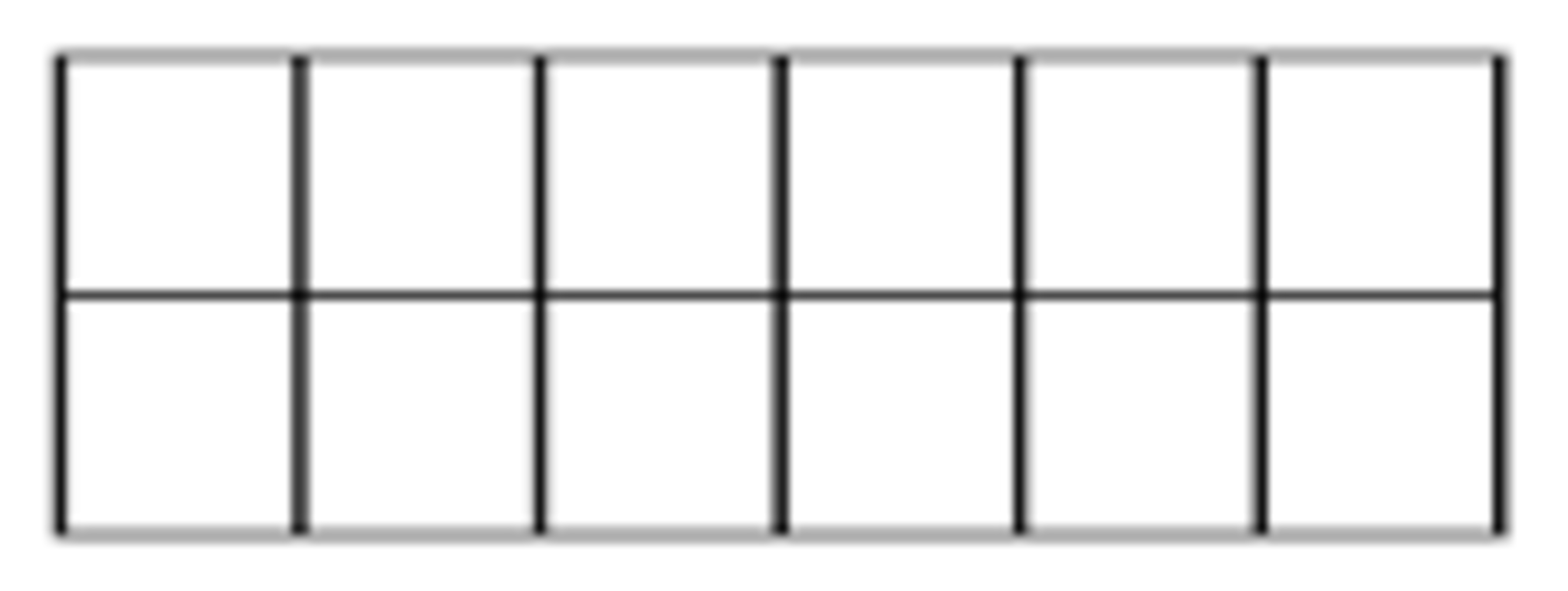and Tiles
You have plenty of and tiles (at least six of each):

How many ways can you use them to tile a grid?

Assumptions :
- The entire grid must be covered
- No overlaps or tiles outside the boundary
- The tiles can be oriented veritcally or horizontally
The answer is 832.
This section requires Javascript.
You are seeing this because something didn't load right. We suggest you, (a) try
refreshing the page, (b) enabling javascript if it is disabled on your browser and,
finally, (c)
loading the
non-javascript version of this page
. We're sorry about the hassle.
Let N n be the number of ways you can tile an nx2 grid.
Once you know N n − 1 and N n − 2 , you can build up to an nx2 grid, by adding either one vertical tiles to an (n-1)x2 grid (2 ways to color this) or two horizontal tiles to a (n-2)x2 grid (4 ways to color this).
This, along with the two trivial cases, translates to the following recurrence relation:
N 6 = 8 3 2